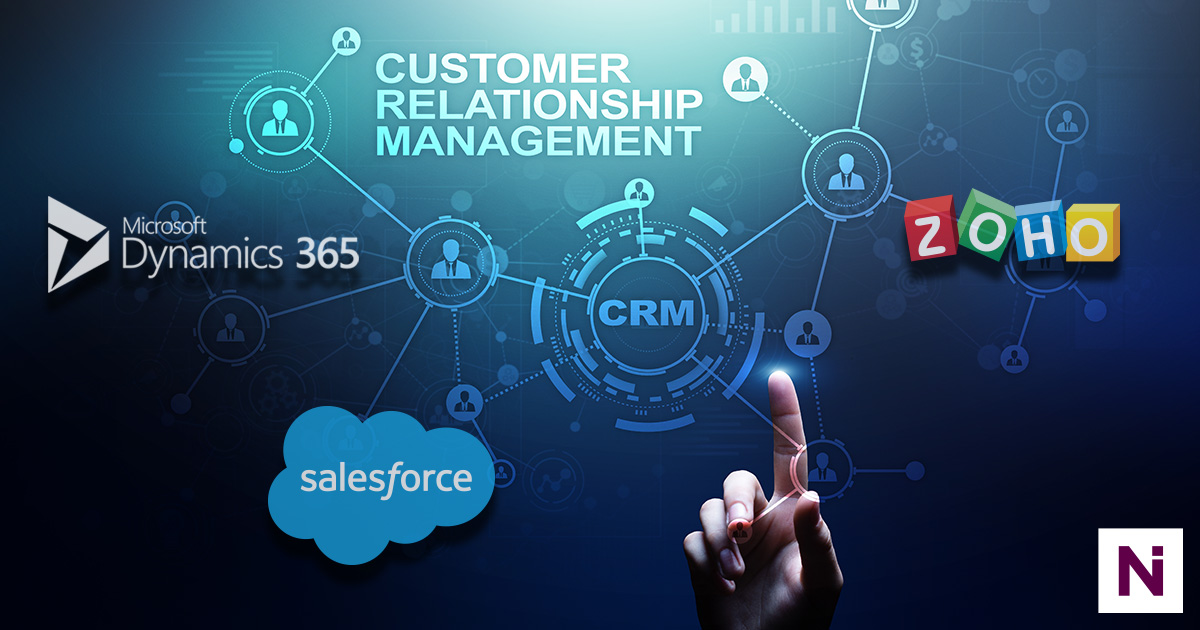
Customer Relationship Management is of paramount importance for any business that seeks to thrive in today’s, extremely volatile, markets.
Does your business have a CRM?
If you aren’t already utilizing this crucial software, then this article may well change your mind. For a business to appreciate the benefits of a CRM you would first need to understand what a CRM is.
Customer Relationship Management, hence CRM, is a state-of-the-art software that allows businesses and organizations to manage user and customer data, automate business processes, manage customer life cycle, organize relationships, monitor performance, and increase productivity.
We at Netiks seek innovation and progress, so we went ahead and compiled a list of ten benefits a CRM can offer you, today!
To request a free demo from Netiks International, click here.
1. Contact Management
Contact management is one of the most important capabilities a CRM offers. It allows you to gather crucial customer data, segment them into groups, monitor each group’s preferences and better cater for each group’s behaviors. It also allows you to personalize your marketing campaigns and sales activities based on each group’s preferences, boosting customer satisfaction in the process.
2. Lead Management
The ability to generate leads is a feature of paramount importance in a CRM, this feature not only creates leads but also allows you to engage with them. A different array of metrics that identifies how ready a lead is to grow with your business, allows your sales and marketing teams to identify when they should capitalize on a lead at exactly the right time with the best product. Some CRMs can qualify leads into opportunities automatically, based on set rules that you identify and perform appropriate actions to notify your sales and marketing teams to act on it.
3. Opportunity Management
Once a lead develops into an opportunity, or an opportunity is created in a CRM, a workflow to progress that opportunity through your company’s business process becomes available. You can identify at which stage the opportunity is, how likely is the opportunity to convert into an actual sale.
4. Business Process Automation
A lot of business processes are redundant, and going through them manually can be inefficient and prone to human error. With business process automation through CRM, business workflows can be developed to match the needs of your business and advance customers through a business process life cycle while implementing choices and validations that dictate your business process to ensure that every business activity is completed exactly as expected.
5. Sales Performance Management
Among other CRM system capabilities, sales performance management offers a range of benefits to managers to monitor the performance of the sales team. What aspects are performing well and what areas need to improve, all relying on concrete data to identify strengths and weaknesses in every aspect of the sales team.
6. Product Level Quotes
A CRM functions as a database for products, with the ability to send out quotes through workflows and business workflows. All while keeping accurate data on which quotes converted and which didn’t, and where and when the sale converted or was lost.
7. Security Roles Management
Each user in CRM can be granted different roles, with each role having the ability to perform certain tasks in the CRM or having access to different views according to their role. This helps keep customers’ data safe and ensures that everyone has limited access to different aspects of the CRM.
8. Sales Forecasting
A sales goal can be set in CRM. Forecasting sets a benchmark to check if your efforts are on par with the set sales goal. You can also use the sales data to direct the focus in future efforts.
9. Customer Service Automation
CRM is a customer relationship management software. Users can manage customer service cases (open, close, reopen, resolve) and automate the process by offering the personalization of customer communications. This happens while also offering the ability to consolidate a knowledge base for quick access to future references.
10. Reports and Dashboards
A user can view statistics in visuals that are personalized to the user’s preferences, while relying on data from different aspects of the CRM as well as other integrated software. CRM offers Dashboards and Reports of real-time data representations with various customization options.